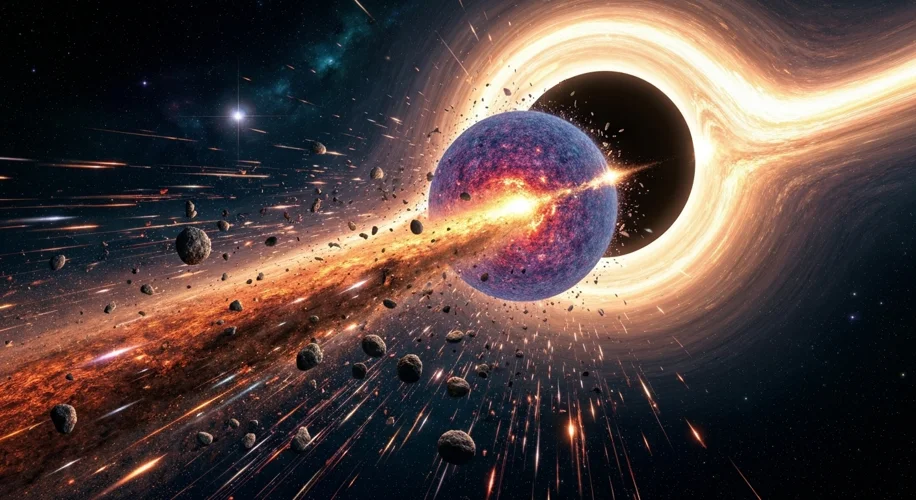When we think about stars, we often picture them as these stable, burning objects in the night sky. But even stars have an end, and sometimes, that end is incredibly strange.
Astronomers recently observed something truly peculiar: the death of a star that doesn’t quite fit our current understanding of how celestial bodies meet their demise. This isn’t just another supernova; it’s a cosmic event that’s prompting a serious re-evaluation of astronomical models.
What makes this particular star’s end so baffling? Early theories suggest it might have been caught in the gravitational grip of a black hole. Imagine a star, minding its own business, getting too close to a black hole. The immense gravitational pull could literally tear the star apart, an event known as a tidal disruption. But the aftermath of this particular disruption is what has scientists scratching their heads.
This wasn’t a typical stellar explosion. Instead, it seems to have triggered a new type of supernova, one that behaves in ways we haven’t predicted. The energy released, the light patterns observed – they just don’t match our existing theories about stellar evolution and death. It’s like finding a piece of a puzzle that doesn’t seem to belong to the picture we thought we were building.
For years, we’ve had established models for how stars live and die, from gentle red giants to explosive supernovae. These models are built on decades of observation and complex physics. But when we see an event like this, it tells us there are still fundamental gaps in our knowledge. It suggests that the universe is far more complex and perhaps more violent or creative in its processes than we’ve imagined.
This event could open up entirely new avenues of research. Scientists are now considering scenarios that were previously considered fringe, or even impossible. If a black hole can trigger this kind of unique supernova, what else might be happening in the cosmos that we haven’t yet witnessed or understood?
It’s moments like these that remind us how much there is still to discover. The universe is constantly surprising us, pushing the boundaries of our scientific understanding. And that, I think, is incredibly exciting. This star’s strange death isn’t just a scientific curiosity; it’s a beacon, guiding us toward a deeper, more complete picture of the cosmos.

